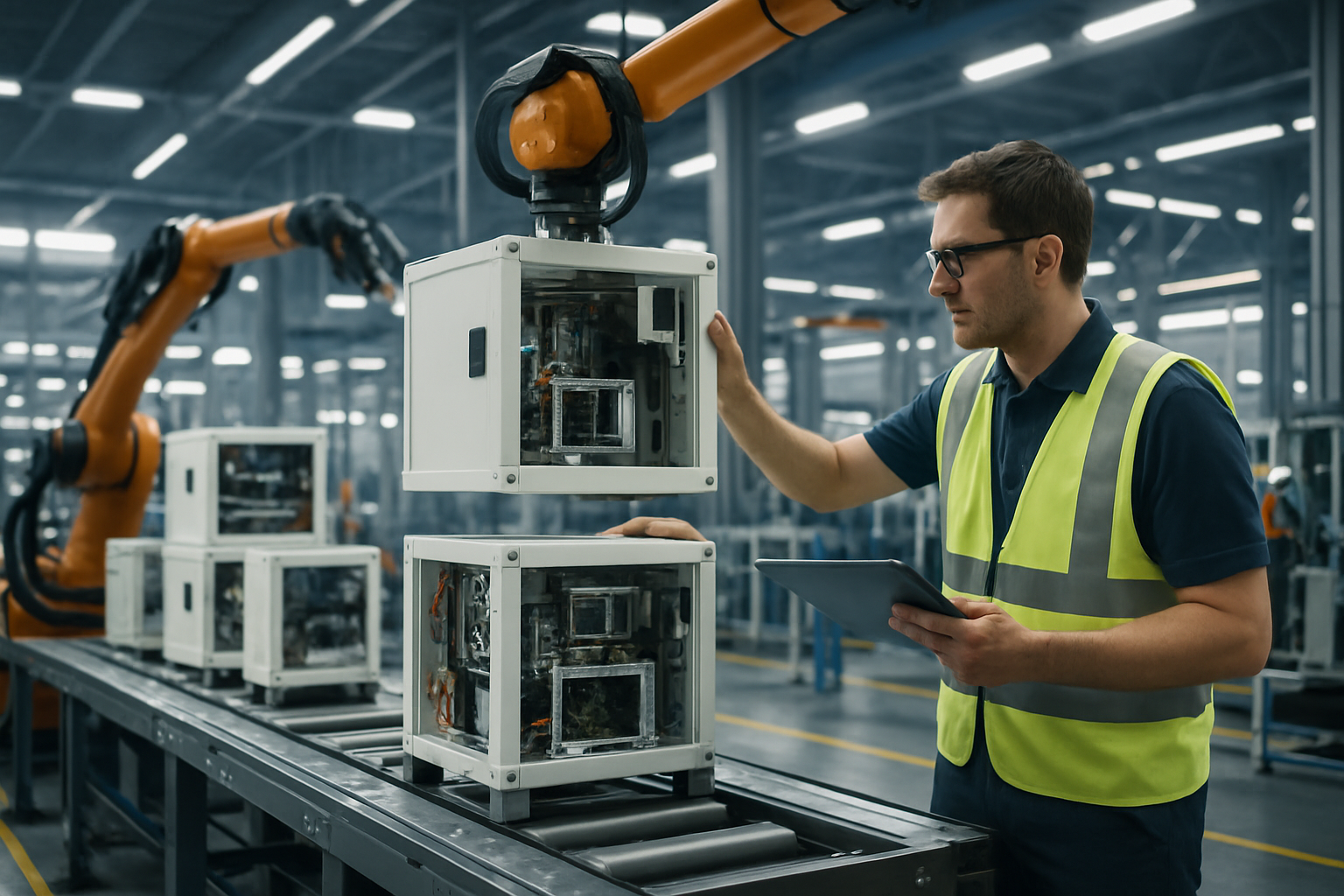Leveraging Cognitive Ergonomics in Industrial Design
Optimizing human-machine interactions through cognitive ergonomics is revolutionizing industrial design. This innovative approach focuses on aligning workplace environments with human cognitive abilities, enhancing safety, efficiency, and job satisfaction. By understanding how workers process information and make decisions, companies can create more intuitive and effective industrial systems.

Origins and Evolution of Cognitive Ergonomics
Cognitive ergonomics emerged in the 1980s as a distinct branch of human factors engineering. It built upon earlier work in cognitive psychology and human-computer interaction, focusing specifically on the mental processes involved in task performance. Unlike traditional ergonomics, which primarily addressed physical aspects of work, cognitive ergonomics examines how people perceive, process, and respond to information in their work environment.
The field gained momentum as industries became increasingly automated and digitalized. As complex systems and interfaces proliferated, it became clear that optimizing the cognitive aspects of work was crucial for safety and efficiency. Early applications were seen in aviation and nuclear power plants, where human error could have catastrophic consequences.
Key Principles of Cognitive Ergonomics
At its core, cognitive ergonomics is about designing systems that align with human cognitive capabilities and limitations. Several key principles guide this approach:
-
Mental Workload Management: Designing tasks and interfaces to avoid overwhelming an operator’s cognitive capacity.
-
Situational Awareness: Ensuring that workers have a clear understanding of their environment and system status at all times.
-
Decision Support: Providing tools and information structures that facilitate quick and accurate decision-making.
-
Error Prevention: Implementing safeguards and intuitive designs that minimize the likelihood of human error.
-
Attention Management: Creating environments that help workers focus on critical tasks and manage distractions effectively.
Applications in Industrial Settings
Cognitive ergonomics finds diverse applications across industrial sectors:
-
Control Room Design: In industries like power generation and chemical processing, control room layouts and interfaces are optimized to support operator cognition and decision-making under stress.
-
Manufacturing Process Optimization: Assembly lines and workstations are redesigned to reduce cognitive load, improve information flow, and enhance worker performance.
-
Safety Systems: Alarm systems and emergency procedures are developed with human cognitive processes in mind, ensuring faster and more accurate responses to critical situations.
-
Training Programs: Cognitive principles inform the design of more effective training simulations and materials, accelerating skill acquisition and reducing errors during on-the-job learning.
-
Human-Robot Collaboration: As collaborative robots become more common in industrial settings, cognitive ergonomics plays a crucial role in designing intuitive and safe human-robot interfaces.
Measuring and Implementing Cognitive Ergonomics
Implementing cognitive ergonomics in industrial design requires a systematic approach:
-
Task Analysis: Detailed examination of cognitive demands in specific job roles.
-
Cognitive Mapping: Creating visual representations of information flow and decision processes.
-
Usability Testing: Rigorous evaluation of interfaces and systems under various conditions.
-
Physiological Monitoring: Using tools like eye-tracking and EEG to assess cognitive load and attention patterns.
-
Iterative Design: Continuous refinement based on user feedback and performance metrics.
Companies investing in cognitive ergonomics often see significant returns in terms of reduced errors, improved efficiency, and enhanced worker satisfaction.
Practical Strategies for Cognitive Ergonomics Implementation
• Conduct regular cognitive task analyses to identify areas for improvement
• Invest in customizable interfaces that can adapt to individual cognitive styles
• Implement decision support tools that provide context-aware information
• Design work schedules that account for cognitive fatigue and optimal performance periods
• Create standardized protocols for high-stress or emergency situations to reduce cognitive load
• Utilize augmented reality for just-in-time information delivery in complex tasks
• Develop feedback mechanisms that align with human information processing capabilities
The Future of Cognitive Ergonomics in Industry
As industries continue to evolve, cognitive ergonomics will play an increasingly vital role. The integration of artificial intelligence and machine learning presents new opportunities for adaptive systems that can dynamically adjust to individual cognitive states and preferences. Wearable technology and advanced sensors will enable more precise monitoring of cognitive load and stress levels, allowing for real-time optimizations.
Moreover, as the workforce ages and becomes more diverse, cognitive ergonomics will be crucial in designing inclusive work environments that accommodate a wide range of cognitive abilities and experiences. By prioritizing the alignment of industrial systems with human cognitive strengths, companies can create safer, more efficient, and more satisfying work environments, driving innovation and competitiveness in the global marketplace.





